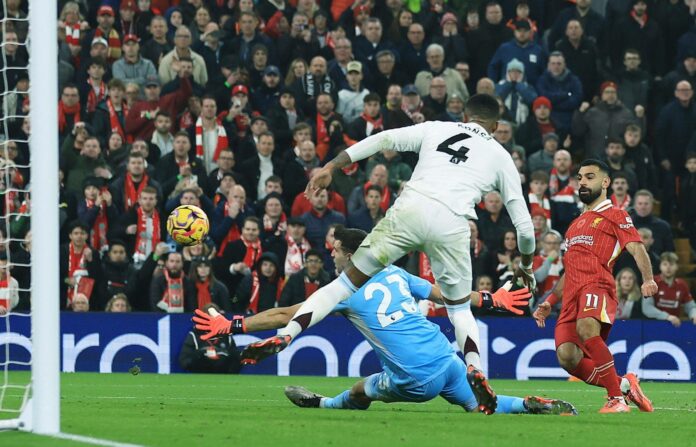The position revolution: why classic player roles are disappearing
It is believed that every 20 years, tactics in any sport need to change. A new breath of fresh air allows new positions to be discovered. Therefore, fans will already be making football predictions tips taking into account the absence of positions that even their favorite players used to play. Some changes occurred due to changes in football rules, others simply disappeared over time, and some received a significant upgrade. Let’s take a closer look at the positions in football that have changed, along with the reasons behind these changes, in conversation with analysts from the xGscore platform.
Libero
Until the 1990s, this was a very important position. In fact, the libero was:
- the last defender in front of the goalkeeper;
- located in the center;
- had to “clean up” after other defenders;
- initiated attacks.
Franz Beckenbauer can be considered the most famous player in this position. However, the rules of football have changed, and the position had to be integrated. The fact is that previously, offside was called when an attacking player was ahead of the last defender; however, in the 1990s, the rule changed, and the player had to be on the line with the last defender.
Therefore, the presence of a libero allowed the wing attackers to be on the line with them and gain a significant advantage. Therefore, over time, defenders were simply lined up with 2-3 central defenders, and this classic position disappeared from the football map.
Pure “number ten”
Commenting on modern football, Juan Riquelme said that he would never play for any team because his position on the field no longer exists. Number tens did not play in defense and worked exclusively on creativity. Modern football is more intense. Forwards are required to help with pressing, and the first line of defense is built through them. And “free” artists like Riquelme are no longer needed because they don’t have time to be so creative, but must help the team both in defense and in attack.
Classic wing midfielders
Players like Beckham are also rarely used in modern football. Previously, they had to pass into the penalty area, where the center forward and the “number ten” fought for the ball. Now they are more focused on attack. Often, players with opposite working feet stand on different flanks (left-handed on the right and right-handed on the left).
In addition, their main task is to strike and move to the center so that the fullbacks can run in. Many coaches already refer to players in this position as wingers rather than midfielders, although no one has removed their defensive functions.
Pure defensive midfielder
Defensive midfielders are no longer focused exclusively on disrupting opponents’ attacks. In modern football, there are more creative players. Yes, they have to go out and destroy, they still receive the most warnings, but they are also structurally involved in the team’s creative and attacking formations.
The reason for these changes is that players are constantly under pressure, with the entire team defending against them, and midfielders often have to drop back to defend in order to play the “extra” player. Therefore, a classic defensive midfielder is not someone who spares neither his own legs nor those of his opponent, but an assistant and a player with an excellent shot from outside the penalty area.
Conclusions
Of course, these are far from all the popular positions that have disappeared or changed over time. However, such changes allow for a completely different approach to football analytics, taking into account the modern requirements for players. On the xGscore platform you can find high-quality statistics on many players with modern football roles to build your own predictions. Or you can use ready-made predictions from our experts, because we take into account all the modern trends in the development of the “game of millions.”




